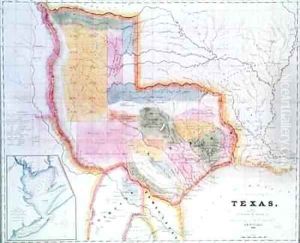David Burr Paintings
David H. Burr was an American cartographer, surveyor, and topographer, born in 1803. Although not as universally recognized as some of his contemporaries in the art world, Burr's contributions to cartography and geography were significant during the 19th century. His work is especially noted for its accuracy and detail, qualities that made his maps invaluable to explorers, settlers, and government officials alike. Burr's career was marked by his dedication to improving the quality and precision of mapmaking, which was an essential tool for the expanding United States.
After pursuing his education, Burr moved to New York, where he quickly became involved in the burgeoning field of cartography. In 1829, he was appointed as the topographer to the United States Post Office Department, a position that required him to map the expanding postal routes across the country. This role underscored the importance of reliable geographical information in the era's infrastructural development and played a crucial part in facilitating communication across the growing nation.
Burr's reputation for meticulous work led to his involvement in several significant projects. Perhaps most notably, in 1832, he was appointed as the Geographer of the House of Representatives of the United States. This prestigious position involved creating maps that would be used in the planning and development of the country's internal improvements, including roads, canals, and later, railroads.
Throughout his career, Burr published a number of important atlases and maps, including the “Atlas of the State of New York,” the “American Atlas,” and maps of several individual states and territories. His work was not only appreciated for its practical applications but also for its aesthetic qualities. Burr's maps were known for their clear detail, precise scale, and the beauty of their execution, making them valuable to collectors even today.
David H. Burr's contributions extend beyond his maps. He was instrumental in pushing forward the boundaries of cartography in the United States, helping to shape the country's understanding of its own geography during a period of rapid expansion and change. Despite facing challenges, including financial difficulties and the complex nature of surveying uncharted territories, Burr's dedication never wavered. He died in 1875, leaving behind a legacy as a pioneer in American cartography, whose works continue to be of interest for historians, geographers, and collectors alike.
